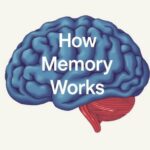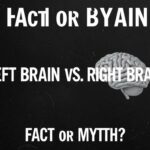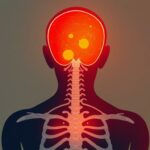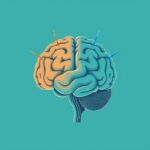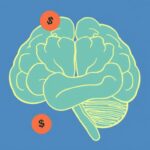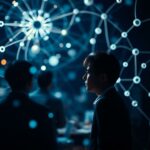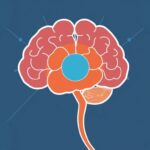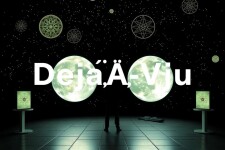Déjà vu is one of the most fascinating and mysterious experiences that many people encounter at least once in their lifetime. That sudden, eerie feeling that you have already experienced a moment, a place, or an event—even though you know deep down that it’s happening for the first time—is hard to ignore. It’s like your brain pressing a shortcut, tricking you into reliving something that hasn’t actually occurred before. But what exactly causes this strange sensation? Is there a scientific explanation behind déjà vu, or is it something more mystical and unexplainable? In this article, we will explore the scientific explanations for déjà vu, discussing what modern research suggests about the phenomenon and highlighting fascinating studies that aim to demystify it.
What Is Déjà Vu?
Before diving into the scientific explanations, it helps to understand the definition of déjà vu itself. The term comes from French and means « already seen. » People describe it as a fleeting sensation where they feel as though they have witnessed or experienced a current situation previously, even though it is objectively new. Most of us can recall at least one instance when we walked into a room or had a conversation and inexplicably felt that we had been there or had spoken those exact words before.
Scientists classify déjà vu as a type of false memory or familiarity illusion, where a current event triggers an abnormal sense of recall. This experience usually lasts just a few seconds but can leave a lasting impression because of its uncanny familiarity. Interestingly, déjà vu is reported by approximately 60% to 80% of the population at some point, making it a common yet enigmatic phenomenon.
Common Experiences and Characteristics of Déjà Vu
People often describe déjà vu as brief and unexpected. Here are some common aspects of these experiences:
- It happens spontaneously and cannot be intentionally induced.
- The sensation lasts just a few seconds before it fades away.
- It involves a strong feeling of familiarity with new surroundings or events.
- It is often accompanied by a sense of eeriness or confusion.
- It doesn’t usually have any significant emotional or life-altering impact.
While déjà vu occurs most frequently in young adults between 15 and 25 years old, it’s not limited to any specific age group. Interestingly, some people experience it repeatedly, while others may rarely or never experience it at all.
Scientific Theories Explaining Déjà Vu
Over the years, researchers have offered several scientific explanations for why déjà vu happens. Let’s take a close look at some of the most widely accepted theories.
1. Memory Mismatch Theory
One of the leading scientific explanations is the memory mismatch theory. According to this idea, déjà vu occurs when there is a glitch in the brain’s memory system. Normally, when you encounter a new experience, your brain compares it to past experiences stored in memory. If this process is disrupted, you may incorrectly sense that the new experience is familiar.
Specifically, this theory suggests that déjà vu is caused by a delay or alteration in communication between different brain areas involved in memory processing. For example, if the temporal lobe (which handles recognition and familiarity) and the hippocampus (which forms new memories) send conflicting signals, the brain might interpret the current event as something that has happened before.
2. Dual Processing Theory
The dual processing theory explains déjà vu as a momentary overlap in the brain’s parallel information processing systems. The brain processes sensory input through multiple pathways simultaneously. Sometimes, these pathways can get slightly out of sync, causing a perception delay or overlap.
Imagine you see a place or hear a phrase, and one pathway processes this information fractions of a second earlier than the other. Your brain might interpret the second, slightly delayed pathway as a separate but identical event that has happened before, leading to the sensation of déjà vu.
3. Neurological Theories: The Temporal Lobe Epilepsy Connection
Another scientific angle comes from studying neurological disorders, particularly temporal lobe epilepsy. People who suffer from seizures in the temporal lobe often report experiencing déjà vu as a seizure aura or warning sign shortly before the seizure itself.
This link has encouraged neuroscientists to believe that déjà vu has a neurological basis rooted in the temporal lobe’s function. It’s possible that slight, non-seizure-related electrical disturbances in this brain area could trigger the déjà vu sensation in healthy individuals. While more research is needed, this neurological theory ties déjà vu to electrical activity imbalances in brain regions responsible for memory and perception.
4. Attention and Perception Theories
Another group of theories suggests that déjà vu might result from brief lapses or shifts in attention and perception. When you experience something but your attention is momentarily distracted or your perception is split, your brain might process the event twice or out of order, causing a false sense of familiarity.
For example, you might glance at a scene briefly and then look again with full attention a moment later. The second, more attentive viewing can feel strangely familiar, even though it’s the first time you’ve fully realized what you’re seeing.
5. Hologram Theory
A more speculative but fascinating explanation is the hologram theory. This posits that memories are stored in the brain in a hologram-like way, where the whole memory can be accessed by observing even a small fragment. When a current situation resembles a small “piece” of a past memory, the brain reconstructs the entire memory, producing an intense feeling of familiarity.
According to this theory, déjà vu happens when a similar sensory cue triggers a holographic memory recall, making the present moment feel like a replay of the past.
Brain Areas Involved in Déjà Vu
Understanding which parts of the brain contribute to déjà vu helps scientists develop clearer explanations. Here are the key areas involved:
| Brain Area | Role in Memory/Familiarity | Relation to Déjà Vu |
|---|---|---|
| Hippocampus | Processes new memories and spatial navigation. | Potential site of memory mismatch producing false familiarity sensations. |
| Temporal Lobe | Involved in auditory processing and recognition of familiar stimuli. | Linked with déjà vu in epilepsy and electrical activity abnormalities. |
| Rhinal Cortex | Critical in processing familiarity and novelty detection. | May contribute to sensations of familiarity leading to déjà vu. |
| Prefrontal Cortex | Executive control and decision-making. | Thought to help in distinguishing memories vs. current experiences. |
Déjà Vu and Memory: How Are They Connected?
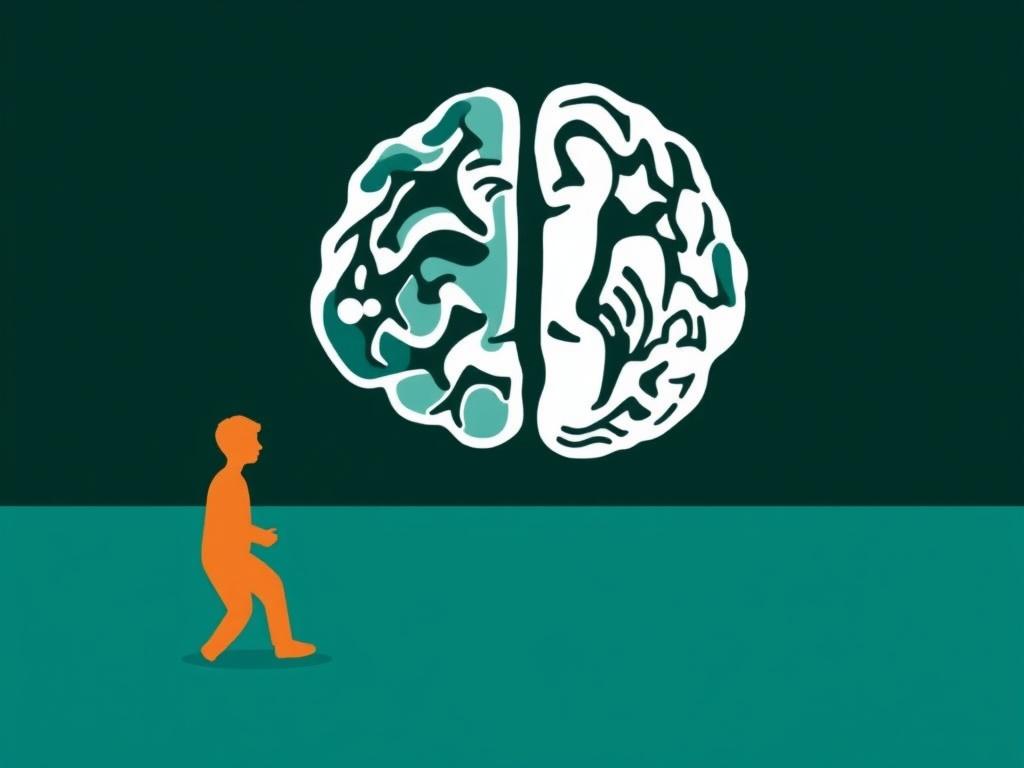
Since déjà vu feels like a memory phenomenon, it makes sense to ask how it fits into our understanding of human memory. Memory itself is complex, involving multiple stages: encoding, storage, and retrieval. Interestingly, déjà vu is generally associated with the retrieval phase—when your brain tries to recall past experiences.
Scientists believe that déjà vu occurs when the brain mistakenly “retrieves” a memory for a present experience, but the actual memory does not exist because the event is new. This could happen through mechanisms like flawed neural signaling or slight mismatches in memory circuits. The sensation is therefore a kind of “false memory” that momentarily tricks the brain.
Memory researchers use the term “familiarity” to describe the process involved in déjà vu. Familiarity allows you to recognize something without recalling additional details—a kind of gut feeling that something is known. In déjà vu, familiarity processes might be activated inappropriately or too strongly, generating the illusion that the new experience has already been lived.
Common Misconceptions About Déjà Vu
Because déjà vu seems so mysterious, many myths and misconceptions have arisen over time. Let’s clarify some common misunderstandings:
- Déjà vu means you have a psychic connection or can predict the future. No scientific evidence supports this. Déjà vu is a neurological and psychological phenomenon, not supernatural foresight.
- Experiencing déjà vu is a sign of mental illness. Most healthy individuals experience déjà vu occasionally. However, frequent, intense déjà vu can be associated with epilepsy and may warrant medical evaluation.
- Déjà vu events mean you have lived past lives. While this idea appears in some cultural beliefs, science sees déjà vu as rooted in brain processes rather than reincarnation.
- Everyone experiences déjà vu in the same way. Déjà vu varies widely in its intensity, frequency, and associated feelings among individuals.
Can Déjà Vu Be Induced or Triggered?
Because déjà vu is fleeting and unpredictable, researchers have tried to find ways to induce or trigger it in laboratory settings without much success. Some experiments have looked into:
- Hypnosis and memory manipulation: Occasionally induces memory illusions but rarely produces genuine déjà vu sensations.
- Virtual reality environments: VR can create novel but lifelike environments to test reaction to familiar-like settings, with mixed results concerning déjà vu.
- Electrical stimulation of the temporal lobe: In rare clinical cases, stimulating certain brain areas during neurosurgery induces déjà vu experiences.
Despite these attempts, inducing authentic déjà vu in healthy individuals remains challenging because it depends on complex brain mechanisms and timing.
Related Phenomena: Jamais Vu and Presque Vu
If déjà vu is such a strange experience, you may wonder if there are other related phenomena. Indeed, there are similar cognitive occurrences that people sometimes confuse with déjà vu:
| Term | Meaning | Experience | Relation to Déjà Vu |
|---|---|---|---|
| Jamais Vu | “Never seen” in French. | Feeling that a familiar situation or place is completely unfamiliar. | Opposite sensation of déjà vu; familiar becomes strange. |
| Presque Vu | “Almost seen” in French. | The sensation of being on the verge of recalling something important (tip-of-the-tongue). | Linked to memory retrieval just failing, different from false familiarity of déjà vu. |
Understanding these phenomena gives us richer insight into how nuanced and flexible human cognition and memory really are.
Déjà Vu in Popular Culture and Research
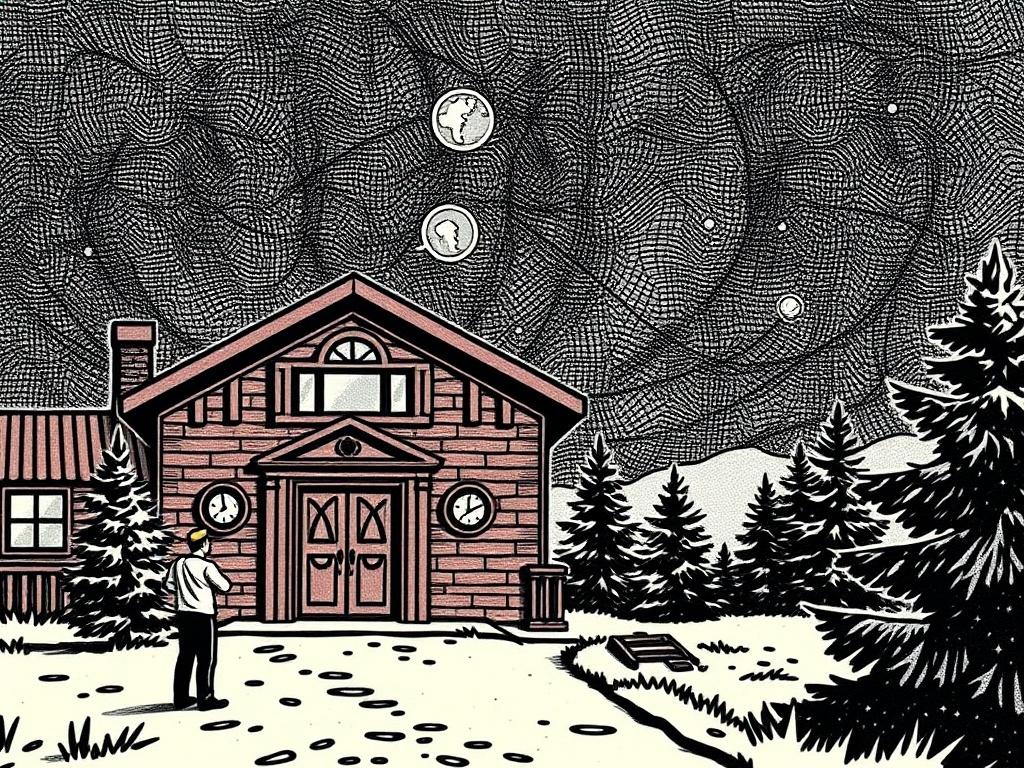
The phrase déjà vu has crossed over from scientific jargon into everyday language and popular culture. Movies, books, and songs often reference déjà vu to depict moments of eeriness, mystery, or spiritual significance. Sometimes this portrayal aligns with scientific understanding, but other times it plays on the mythic and mystical aspects.
Scientists continue to research déjà vu using brain imaging, psychological testing, and studying neurological patients. Research into how memory and familiarity systems function not only helps explain déjà vu but also informs treatments for disorders involving memory and cognition.
Summary Table: Key Points on Scientific Explanations of Déjà Vu
| Theory | Explanation | Evidence |
|---|---|---|
| Memory Mismatch Theory | Glitch in memory circuits causes false familiarity. | Brain imaging shows temporal lobe involvement. |
| Dual Processing Theory | Out-of-sync parallel processing creates duplicate experience. | Psychological experiments on processing delays. |
| Neurological Theory | Electrical activity disturbances in temporal lobe cause déjà vu. | Observed in temporal lobe epilepsy patients. |
| Attention/Perception Theory | Split attention causes re-processing and false familiarity. | Behavioral experiments and subjective reports. |
| Hologram Theory | Partial memory cues reconstruct full past experience. | Analogical, supported by memory hologram modeling. |
Final Thoughts

Déjà vu remains one of the most intriguing windows into how our brains process reality, memory, and perception. The scientific explanations behind déjà vu reveal complex interactions between memory systems, brain areas like the hippocampus and temporal lobe, and cognitive processes involving attention and familiarity. While the exact cause remains elusive, research continues to peel back the layers of this mysterious experience, bringing more clarity and removing some of the myths surrounding it. Whether it’s a fleeting glitch in neural pathways or a brief overlap in memory signals, déjà vu reminds us how delicate and sophisticated human cognition really is. Understanding déjà vu not only satisfies curiosity but also enhances our grasp of how memory functions overall—a vital part of who we are. Until science uncovers all its secrets, déjà vu will continue to enchant and puzzle us in equal measure.
Conclusion
In summary, déjà vu is a captivating phenomenon that has puzzled humanity for centuries, but science is closing in on rational explanations. From memory mismatches and brain timing errors to neurological activity in the temporal lobe, the emerging picture is that déjà vu is a genuine cognitive event rooted in how our brains manage memories and perception. Though we do not fully understand all the mechanisms yet, ongoing research into brain function and memory may soon unlock the mystery completely. Meanwhile, experiencing déjà vu remains a fascinating reminder of the brain’s complexity—and the curious ways it interprets the world around us.


